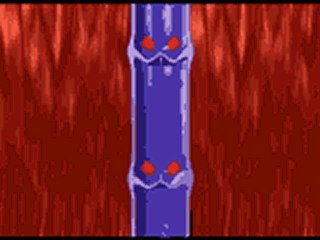Vein Treatment
Vein Treatment
Our Services
Varicose veins are not spider veins and they are not considered only cosmetic
About Varicose Veins
VARICOSE VEINS ARE MORE THAN JUST A COSMETIC PROBLEM
Varicose veins are a very common problem, generally appearing as twisting, bulging rope-like cords on the legs, anywhere from the groin to the ankle. While many people have heard of varicose veins, very few truly understand their underlying cause, and the potential they have for developing into a serious medical issue.
Varicose Veins & Vein Treatments
FACTS ABOUT VARICOSE VEINS
Varicose veins affect an estimated 40% of women and 25% of men. Factors leading to varicose veins include heredity, gender, pregnancy, age and other factors. Some factors may speed up the development of this disease and make the veins worse, including prolonged standing, obesity, hormone levels, and physical trauma.


Do you need to sit down during your work day because your legs ache and/or swell?
Do you miss out on doing activities you love because your legs feel heavy or painful?


How varicose veins occur
Arteries carry blood from your heart out to your extremities, delivering oxygen deep into the tissue. Veins then return the de-oxygenated blood (now blue) back to your heart to be re-circulated. To return this blood to the heart, your leg veins must work against gravity. Small, one-way valves in the veins open to allow blood to flow upward, towards the heart, and then close to prevent it from flowing backwards. Varicose veins occur when the valves in superficial leg veins malfunction. When this occurs, the valve may be unable to close, allowing blood that should be moving towards the heart to flow backward (called venous reflux). Blood collects in your lower veins causing them to enlarge and become varicose.




What are the symptoms? Will they get worse?
In addition to the visual appearance, many patients may experience one or more of the following leg symptoms:
- Pain (an aching or cramping feeling)
- Heaviness/Tiredness
- Skin discoloration
- Burning or tingling sensations
- Swelling/Throbbing
- Tender areas around the veins
- If you experience symptoms and delay treatment, your symptoms may progress onward to more serious complications including:
- Inflammation (phlebitis)
- Blood clots (e.g., DVT)
- Ankle sores or skin ulcers
- Bleeding
If you are experiencing any of the above, consult our physician, as treatment may be required. Can varicose veins be prevented? The conditions described above usually make curing varicose veins impossible, however certain measures may help relieve discomfort from existing varicose veins and prevent others from arising. These measures include:
- Exercise regularly (walking is ideal)
- Avoid standing for long periods of time
- Avoid sitting for long periods
- Control weight
Since the above measures do not treat the underlying cause of the disease, varicose veins will usually enlarge and worsen over time. Legs and feet may begin to swell and sensations of pain, heaviness, burning or tenderness may occur. If and when this happens, consult our physician. Treatment alternatives for varicose veins Our physician will usually try methods that don't involve surgery first to relieve your symptoms. These may include preventive techniques or the use of compression stockings. If your varicose veins do not respond to this conservative therapy, more active treatment, like EVLT, VNUS or Ultrasound Guided Sclerotherapy may be required.
Find relief from varicose veins
Testimonials:




